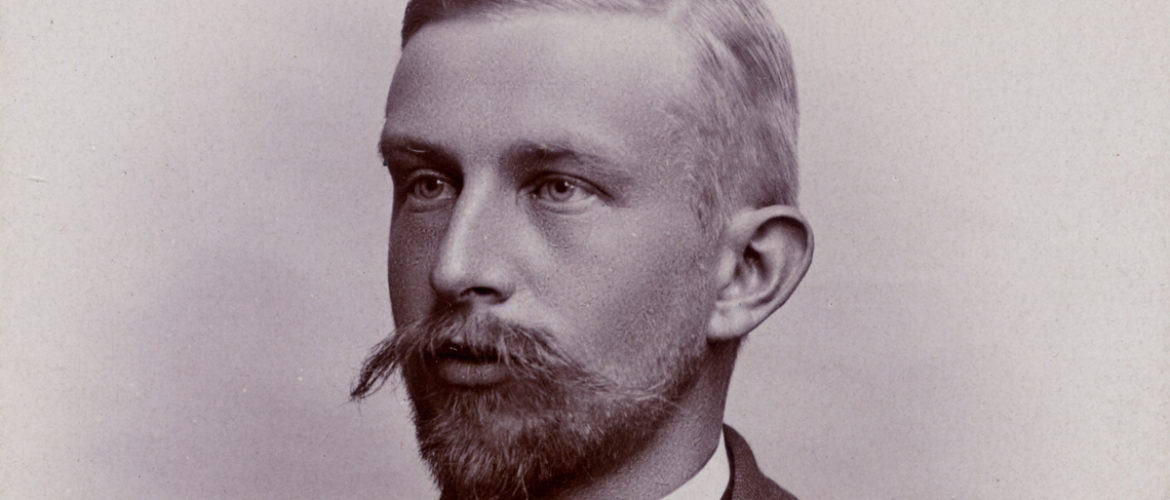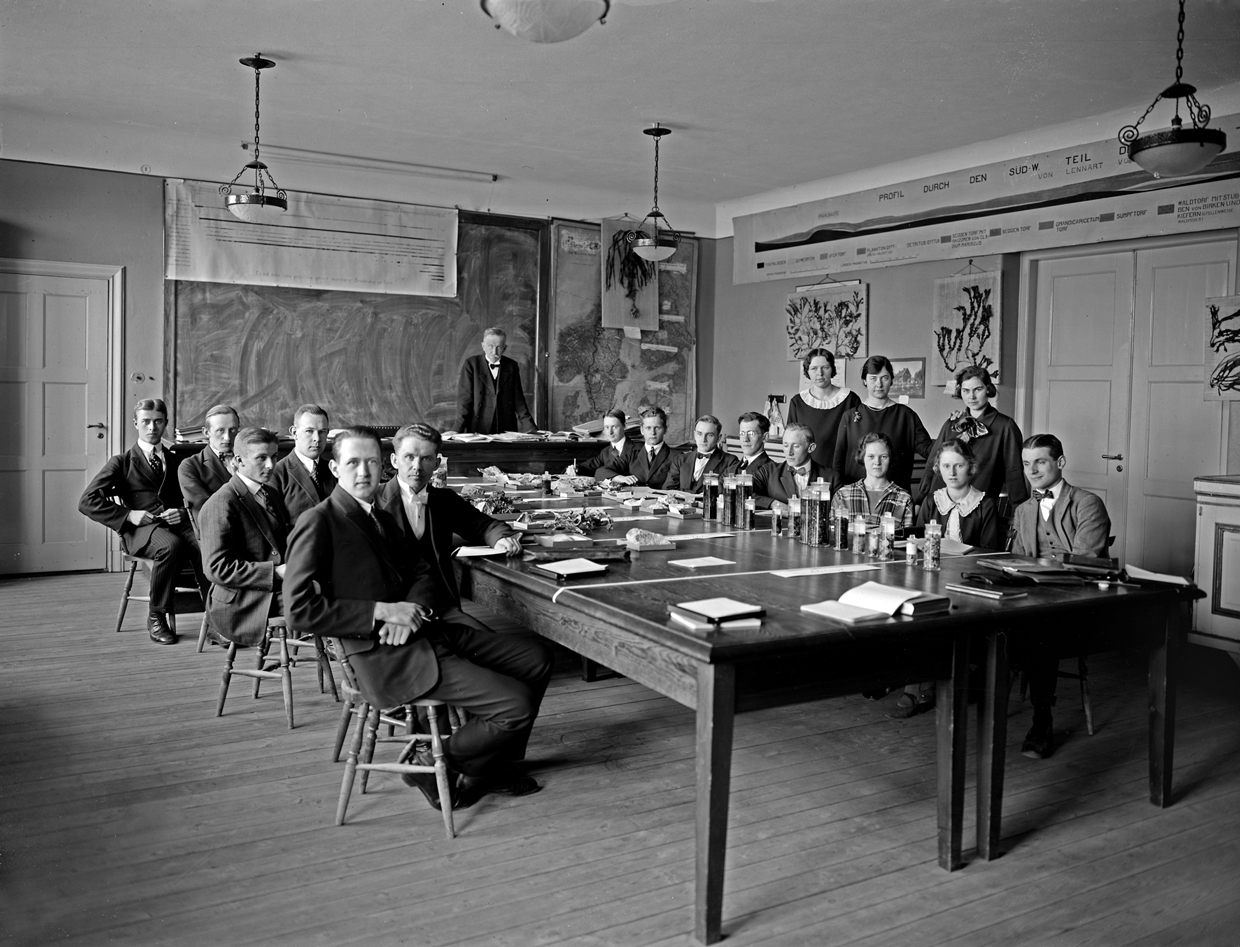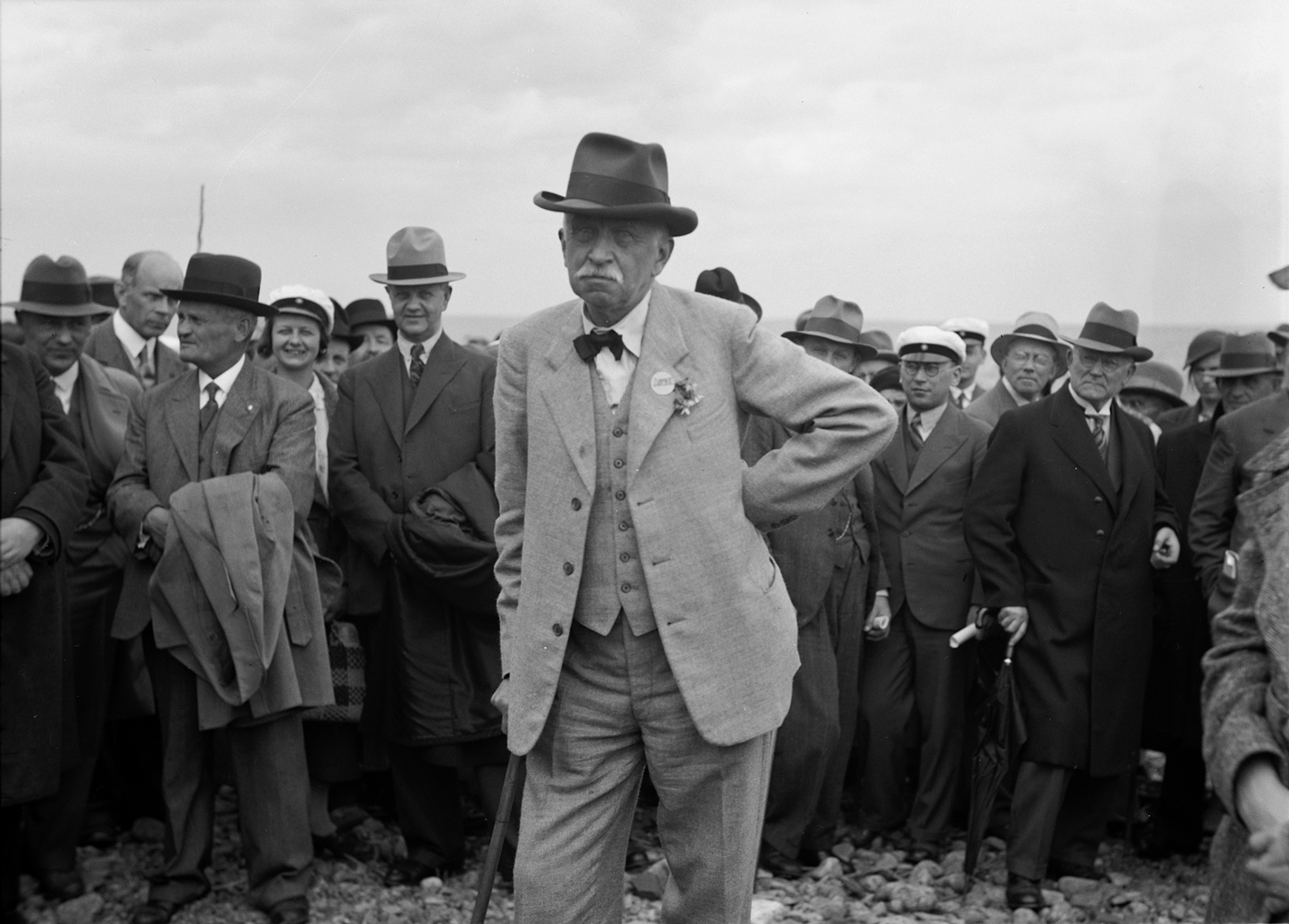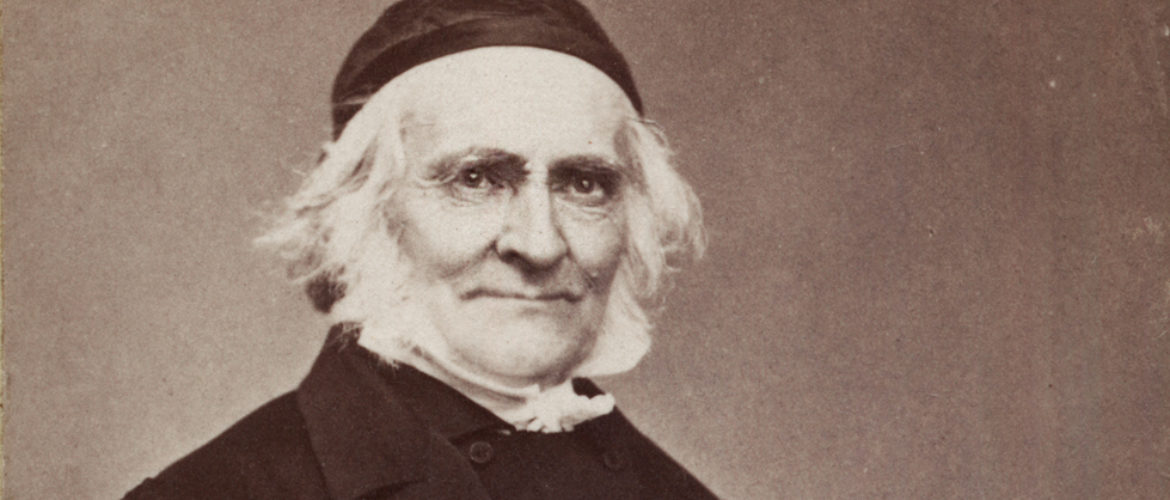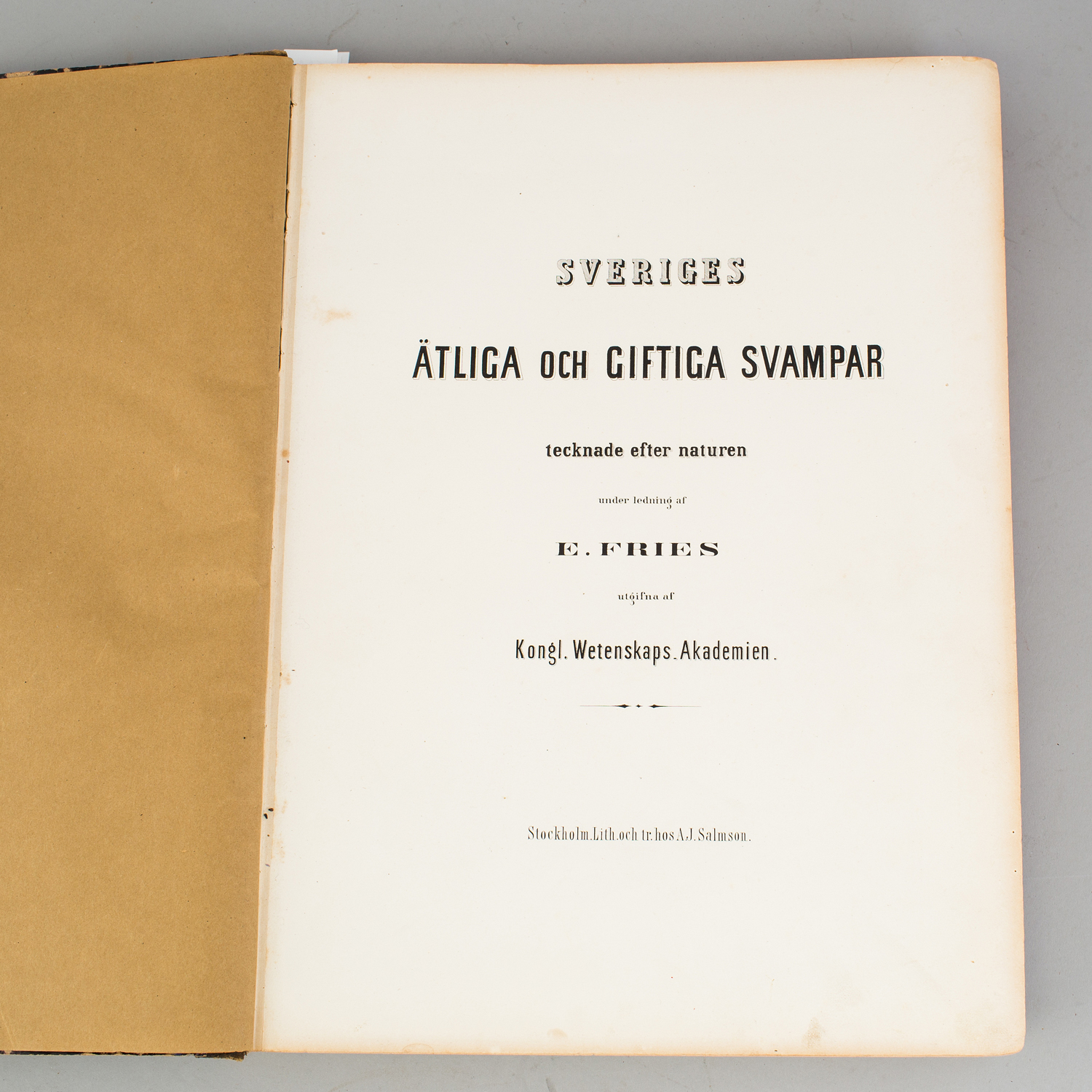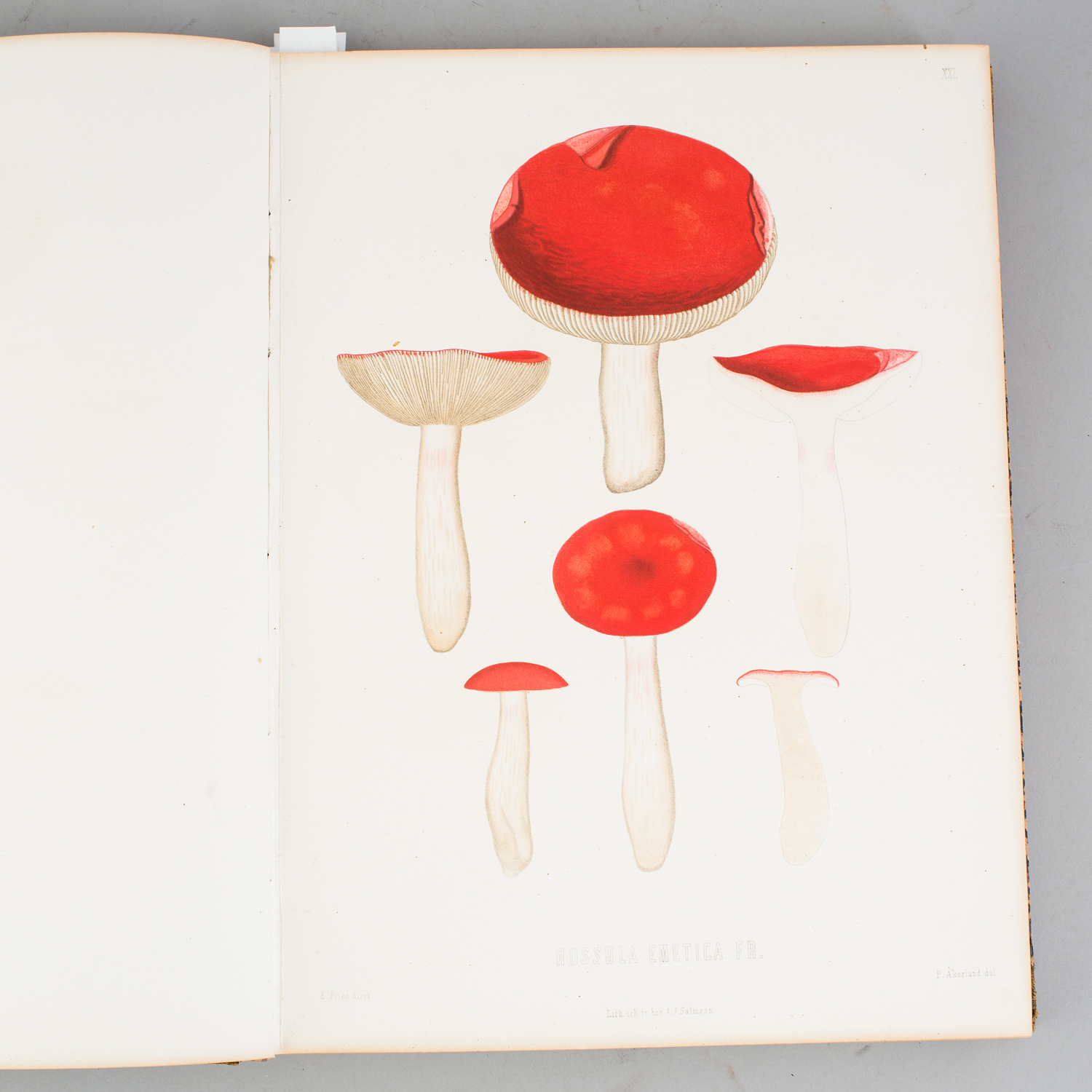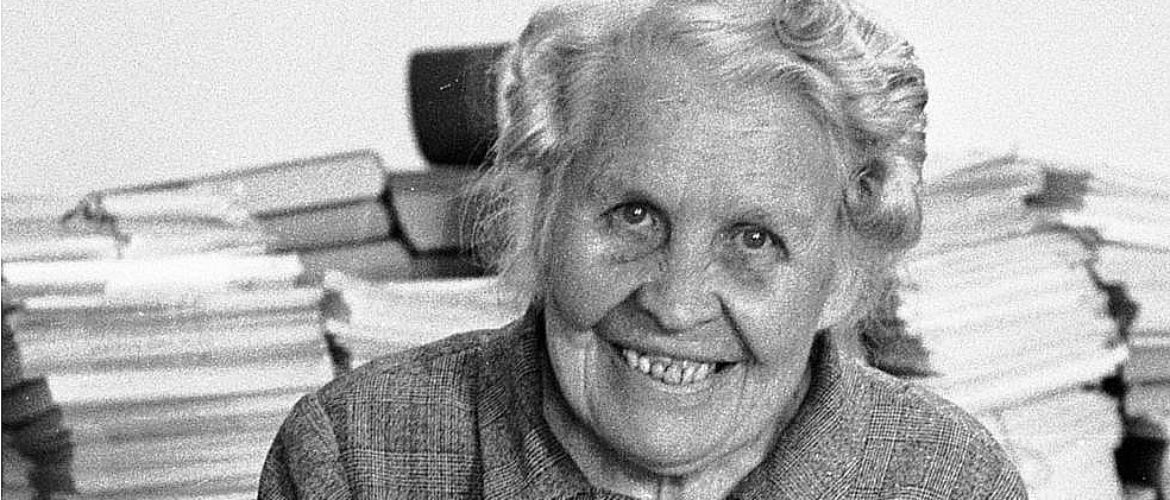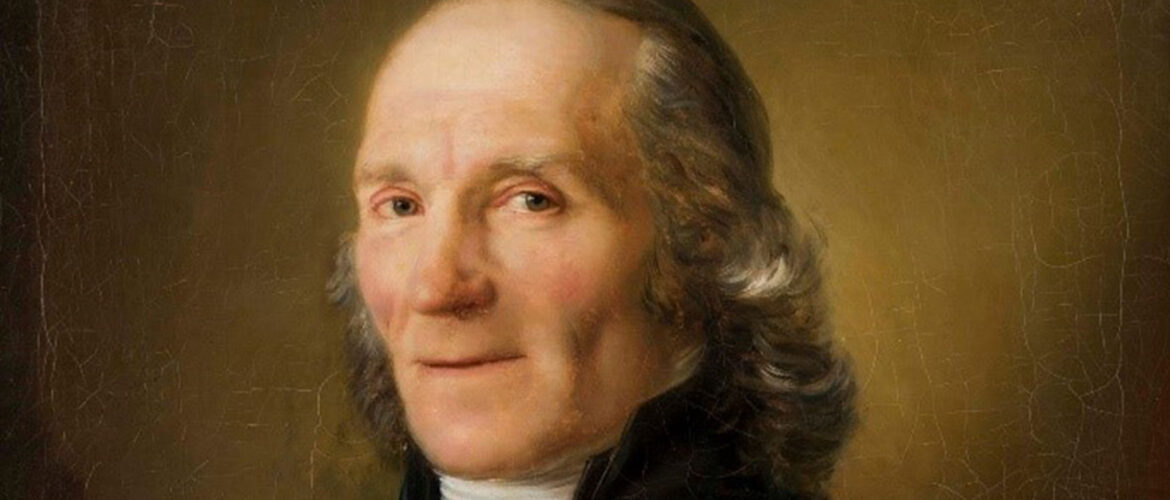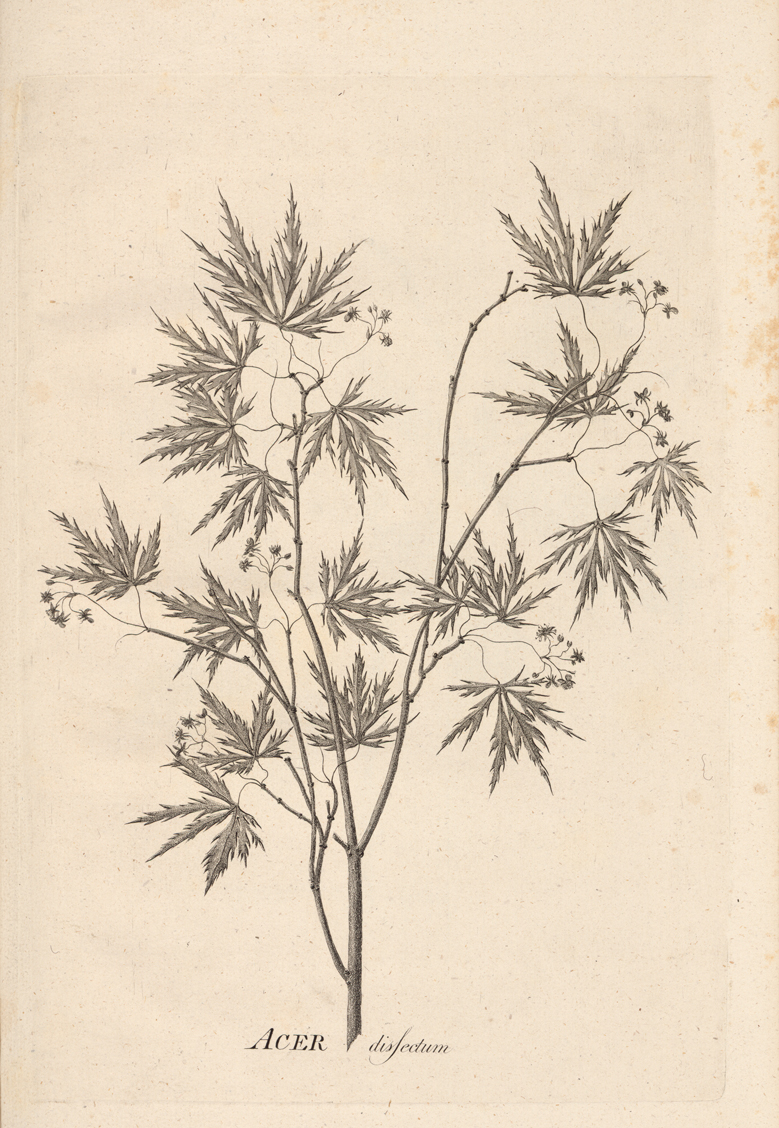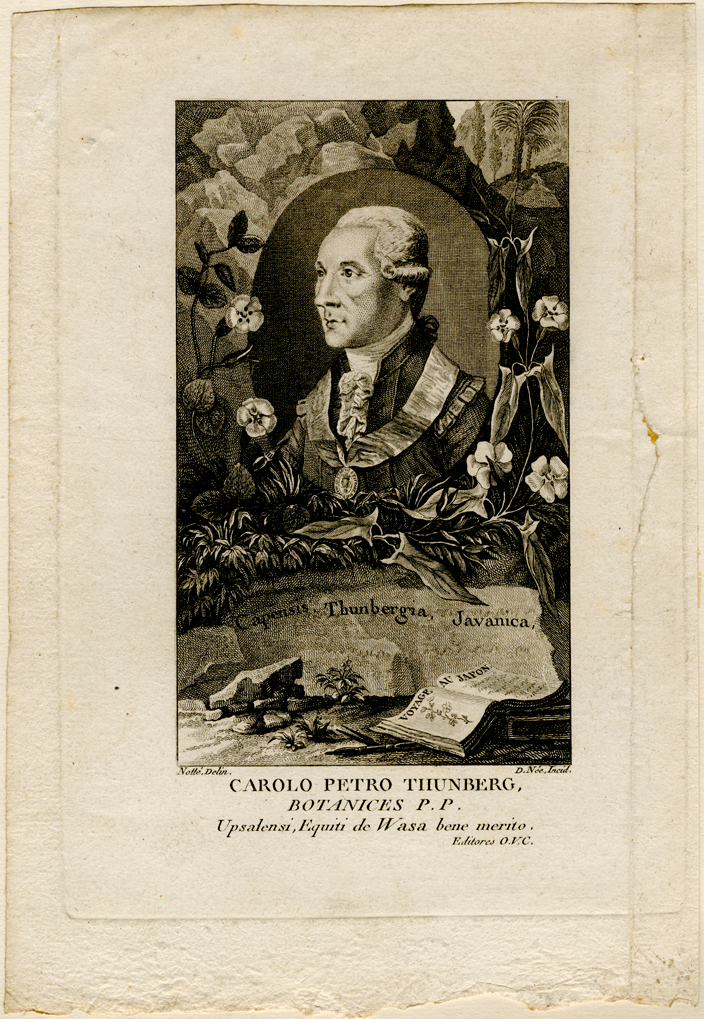1866-1944.
Botanists.
Rutger Sernander became associate professor of plant geography in 1895 and later professor of plant biology from 1908 to 1931.
His research areas included plant distribution biology, lichen biology, forestry, dendrology, archaeology, and the development of climate and plant life in Scandinavia after the ice ages.
Sernander was an internationally recognized scientist and among his works are Den skandinaviska vegetationens spridningsbiologi (1901) and Zur Morphologie der Diasporen (1927).
Sernander also wrote about important places from a natural and cultural point of view. In particular, he wrote about Uppland and Gamla Uppsala, Rickebasta träsk, Flottsund and also the book about Uppsala Kungsäng, which Gustav Sandberg completed and published.
Sernander led an intense struggle to preserve unique plant communities, such as Fiby primeval forest and Uppsala Kungsäng. The platform for nature conservation work became the Swedish Society for Nature Conservation, which Sernander helped to found in 1909, and was its chairman from 1917-1930.
Professor Sernander with students before 1944, Uppsala University. Photo: Paul Sandberg / Upplandsmuseet.
Burial site: 0149-1955
Image description: Rutger Sernander, Uppsala ca 1895, photo: Heinrich Osti / UUBThe image is cropped]
Click here for an uncropped image

